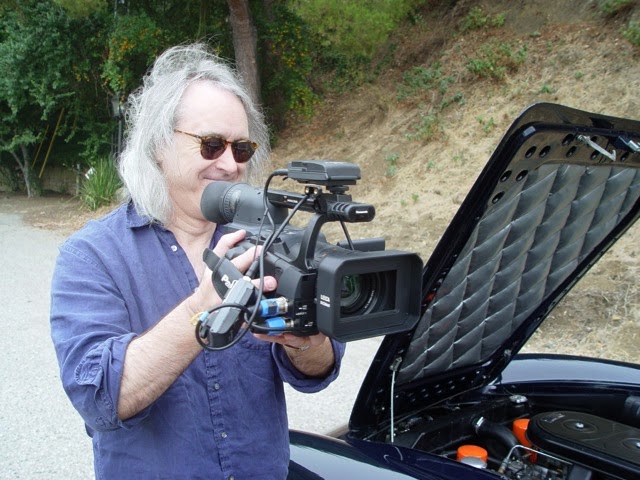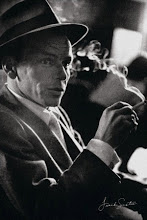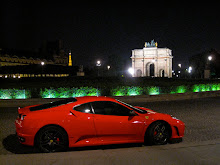
When I returned to California after living in Paris, I had two Maserati Mistrals waiting for me in the garage. My father had been driving them occasionally while I'd been away so they were ready to run. I'd brought them back from Italy a few years earlier and they were all that remained from a car buying trip on which my father accompanied me. After a couple of years of driving R5s, a GTi and an R18 in France, it was with some anticipation that I fired up the Maserati on my first morning back in Los Angeles as I went to meet some friends for breakfast and to share notes on my two years away.
The Mistral had a DOHC, six cylinder engine with twin plugs per cylinder that dated to the famous 250F Grand Prix racer but expanded to four litres and using Lucas fuel injection in place of the Weber carburetors fitted on earlier Masers. The engine was mated to a five-speed ZF transmission. The rather particular carrosserie was styled by Frua. Both of mine were red.
As I steered the berlinetta along Sunset Boulevard, I found myself feeling somewhat let down by the car. It was a Maserati--a name with a racing provenance going back further than that of Ferrari--and yet the Mistral seemed almost sedate in contrast to my expectation. I originally perceived the Mistral as Maserati's answer to the Ferrari Lusso. It was introduced in 1964 as the Lusso was coming to the end of its production cycle. Production of the Mistral continued until 1970 so, for the majority of its life span, it was in direct competition with the Ferrari 275 GTB. I exclude the Lamborghini 350GT (and later, the 400GT) as Lamborghini had no racing history as do Ferrari and Maserati. This is, perhaps the reason for my reaction to the car--a simple matter of brand perception.
Since the Mistral, Lusso and 275GTB were all expensive, sexy, 2-seater, Italian exotics with de-tuned racing engines under the hood, I took them to be analogous. They weren't. A more appropriate comparison for the Mistral would have been the Ferrari 250 Pininfarina Coupe--a 2-seater with a more staid body style and less sparkling performance than, say, the Lusso. While I might not have been typical of the average Ferrari owner (assuming there is such a person), I don't think I was alone in believing that a trip up the boulevard should leave you exhilarated as though you've just had a memorable adventure. Otherwise, what's the point? The Mistral attracted a lot of admiring glances and appreciative nods, but it did not thrill me as the Lusso had done. What it provided was dignified--if elegant--transportation at an above-average pace. One doesn't need a racing engine under the hood to deliver that level of performance.
My guess is that more than a few Maserati buyers had the same expectation as I and, when the Mistral didn't come near to matching the performance of the Lusso or 275GTB, word got around. I wonder if Maserati's fate might have been different had they used their V-8 engine in the Mistral offering performance exceeding the looks of the car rather than the reverse. When they finally did go to the V-8, it was called the Ghibli. Parked next to a 275GTB, its size made clear that Maserati was selling quick elegance and not outright performance. Wouldn't it have been something if instead they'd offered a street version of the famous 450S Costin-Zagato Coupé?
A simple matter of understanding the significance of one's own brand, you could say, might have spared Maserati its demise and subsequent ignominious reemergence orchestrated by Alejandro de Tomaso.
























































1 comment:
the Mistral indeed missed; I declare it a mistrial
Chad G
Post a Comment